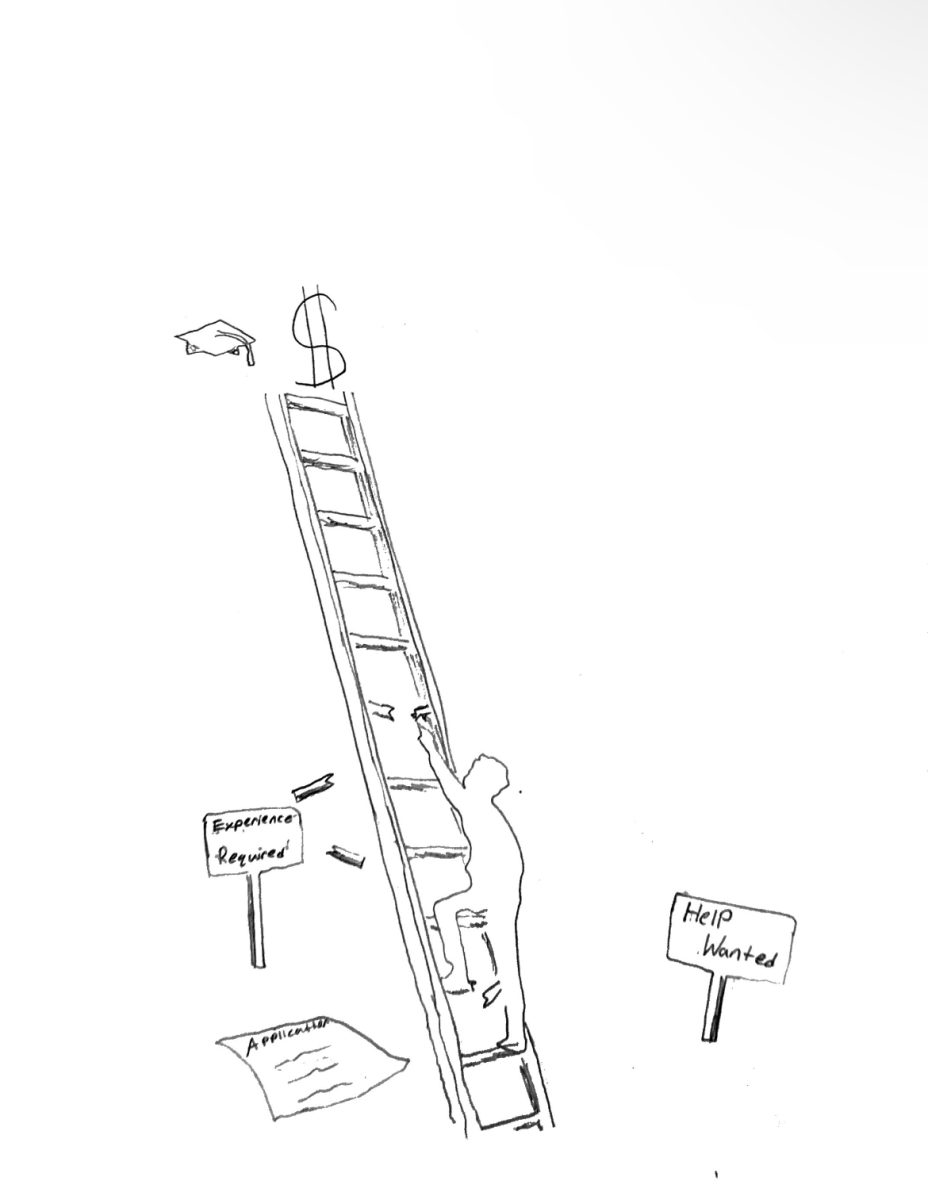Imagine: you are a junior preparing for the Scholastic Aptitude Test (SAT) and looking online for a test center. The closest location is in South Lake Tahoe—184 miles away. You plan to stay in North Lake Tahoe the night before and drive to the test center in the morning. However, a month later, you receive news that the South Lake Tahoe test center has closed, leaving you scrambling to find a new center. With a mere month remaining, you now have to worry about finding a test center, once again, and paying additional fees for gas, meals or a hotel room, all in addition to the excessive stress of taking the SAT.

Unfortunately, this is not just a hypothetical scenario but a real-life struggle faced by junior Jackson Dumas, a student in the Tamalpais Union High School District (TUHSD). Like many other students in Marin, Jackson had to search far from his home to locate a test center for his SAT.
According to Education Data Partnership, about 54 high schools within a 25-mile radius surrounding Redwood share only nine test centers. With so many juniors and seniors taking the SAT, the test centers become full quickly, making it harder for students to find nearby centers with open spots.
In fact, according to a March 2024 Bark survey, 134 students are taking the SATs. Of these students, 11.19 percent will take the SAT 50-100 miles away from their house, with an additional 8.21 percent taking the test more than 100 miles out. The students taking the SAT 50-100 miles away must drive to the test center and back, adding the cost of gas to the already 60-dollar fee one must pay for the SAT. Additionally, students taking the standardized test more than 100 miles away may have to spend the night in a hotel, exponentially increasing the overall cost. While the Bay Area is known for its high socioeconomic status, many find it infeasible to take this test at such a high financial cost.

The lack of test centers within a 25-mile radius is both an inconvenience and a financial burden, especially for low-income families in Marin. If these students cannot afford a long-distance trip to take the SAT, their chances of getting into many colleges are reduced. This pressing issue could be resolved by introducing more SAT testing centers in Marin, which would help address one of the challenges low-income families face.
Nonetheless, some may argue that Marin County should not open additional test centers because of COVID-19, which could potentially threaten students’ health. While COVID-19 is still present today, it carries less threat than in years past. Indeed, on May 5, 2023, it was announced by the director-general of the World Health Organization (WHO), Tedros Adhanom Ghebreyesus, that the United Nations (UN) health agency was downgrading COVID-19’s status. According to the Guardian, “The emergency committee met for the 15th time and recommended that I declare an end to the public health emergency of international concern. I’ve accepted that advice,” Tedros said.
Given that COVID-19 is no longer a public health emergency, Marin County must take immediate action to open more SAT test centers. High schools around Marin should host the SATs on the first weekends in May and June. Opening more SAT centers in Marin County will help students who cannot afford to travel to far-away test centers, giving all students better college opportunities.







